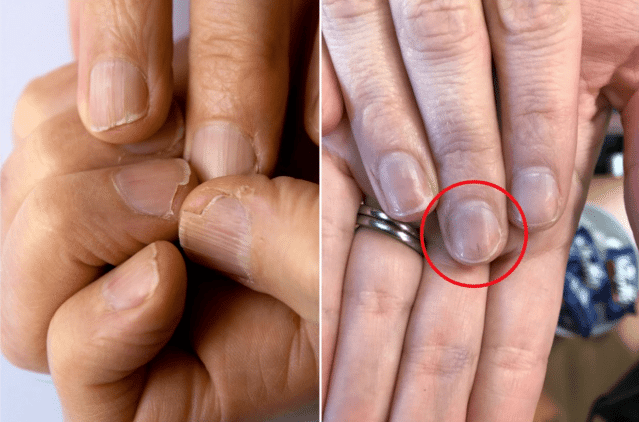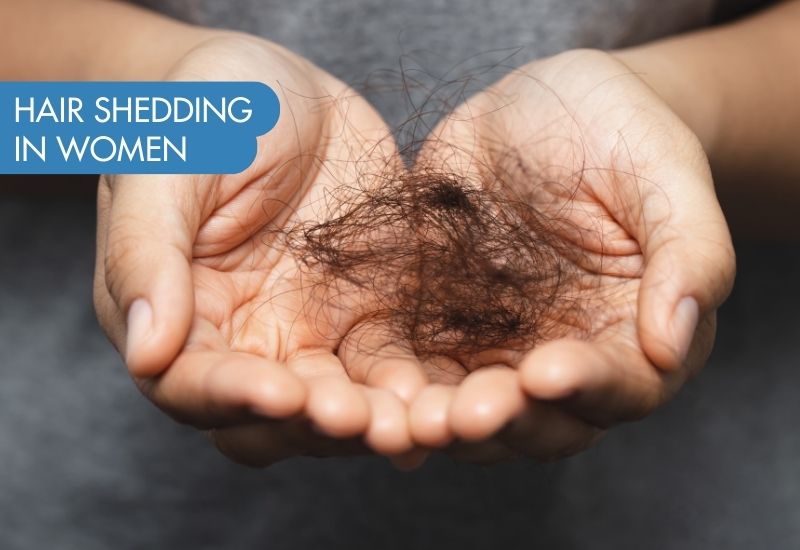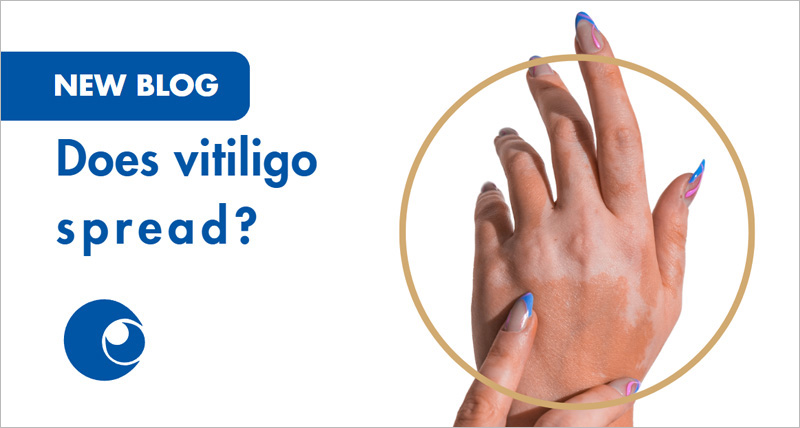Earlier this year my aunty was diagnosed with primary asymptomatic lung cancer, only detected because of symptoms associated with the secondary cancer in her brain.
Shortly after my aunt’s diagnosis her cancer specialist, commented: “I could tell your cancer originated from your lungs because of the shape of your finger nails.” He explained that a curve or what is known as clubbing of the fingernails can be a sign of the disease and can be prevalent amongst lung cancer sufferers.
He added to this by stating that a person’s nails can be a “window to physical health”, often providing clues about other conditions, deficiencies and general health.
At the time it was an incidental observation and comment but for whatever reason it stayed with me.
Fast forward to a few weeks ago, when I was typing away on my computer and noticed a vertical black line that went down my middle finger nail. All of a sudden, this incidental nail comment sprung to the forefront of my mind, and I started to wonder what it could mean (AKA I freaked out.)
The next few days, in between visiting my GP, getting a referral to a dermatologist and waiting to see him, I was anxiety ridden because as well as being a natural worrier, I was also obviously impacted by my aunt’s surprise cancer diagnoses and it terrified me to my core.
Thankfully, in my case, this line was nothing more than a nail injury called a ‘splinter haemorrhage’, meaning I most likely hit my nail on something (or in hindsight may have been the result of me attempting to remove my own SNS nail treatment) and some blood vessels swelled or leaked blood in my nail bed.
The dermatologist followed up his diagnosis by telling me that vertical lines can in fact be a sign of nail cancer so having it looked at was “smart”, and that I was not being “overdramatic” by having it investigated (which I must say made me feel not only relieved but a little less like a hypochondriac.)
Dermatologist Dr Samantha Eisman agrees that investigation of a vertical line down a nail is essential. She told Mamamia that if “any adult that develops a single dark stripe down the nail needs to have melanoma excluded.”
The Consultant Dermatologist at Sinclair Dermatology, also explained how nails can tell more about a person’s health than just what is happening to their nails.
“The nail and the nail apparatus are important indicators of an individual’s health and affect people of all ages. They can signify both systemic and local disease,” Dr Eisman said.
These ‘signs’ can appear on nails in a variety of ways, Dr Eisman explained.
“Diseases can affect the nail plate, nail colour, nail shape and can affect the nail folds. Tumours can also arise in the nail or the surrounding skin. Diet is generally not responsible for abnormal nail changes unless there is gross malnutrition.”
The range of systemic and local diseases that nail condition and appearance can be indicative of is quite extensive, ranging from thyroid issues, AIDS, liver, lung and heart diseases, kidney failure and uncontrolled diabetes.
Dr Eisman explained a range of these to Mamamia:
Clubbing of the fingernails
This can be a sign of lung cancer or liver, heart and lung disease, like the side effect of lung cancer that my Aunty experienced.
Dr Eisman explained that it is only, “very rarely that fingernails can develop clubbing” so this is a definite red flag and should be shown to a medical professional.
“Clubbing means that the fingertips enlarge and the nail curvature over the tip changes (and look like the tip of drum sticks). This is likely due to decrease oxygen flow to the fingertips and can happen in lung cancer but can happen in other conditions such as liver, heart and lung diseases and AIDS. It can also be a familial occurrence, a normal occurrence in some family members.”
Yellow nail syndrome
This can also be a cause of lung disease.
“Yellow nail syndrome is a disorder that can cause yellow nails, lymphoedema (leg swelling) and lung disease. To diagnose the disorder, two of the three features need to be present either currently or in the past: slow nail growth, over curvature of the nail and absence of the cuticle and nail plate separation. The nail plate is not always yellow but can range from pale yellow to orange.”
Onycholysis, or nail plate separation
This can be a sign of thyroid problems.
“Onycholysis refers to detachment or separation of the nail plate from the nail bed. It usually starts at the edge of the nail and progresses towards the cuticle. The detached nail appears white-yellow because of air trapped in the layer between the nail plate and the nail bed.”
“Onycholysis may be due to a skin condition, eczema or fungal nail infection, medication, sunlight, thyroid problems or manicuring.”
Dr Eisman says, “when in doubt it is best to seek medical advice.”
Dr Samantha Eisman MBChB MRCP(UK) FCDerm(SA) FACD is a Consultant Dermatologist at Sinclair Dermatology.
Click here to access original article written by Mamamia: https://www.mamamia.com.au/nails-and-health/







